Haut or not
Just Breaking a Few Eggs
From the Wikipedia entry for “Egg of Columbus”
The Columbus story may have originated with Italian historian and traveler Girolamo Benzoni. In his book History of the New World, published in 1565, he wrote:
Columbus was dining with many Spanish nobles when one of them said: ‘Sir Christopher, even if your lordship had not discovered the Indies, there would have been, here in Spain which is a country abundant with great men knowledgeable in cosmography and literature, one who would have started a similar adventure with the same result.’ Columbus did not respond to these words but asked for a whole egg to be brought to him. He placed it on the table and said: ‘My lords, I will lay a wager with any of you that you are unable to make this egg stand on its end like I will do without any kind of help or aid.’ They all tried without success and when the egg returned to Columbus, he tapped it gently on the table breaking it slightly and, with this, the egg stood on its end. All those present were confounded and understood what he meant: that once the feat has been done, anyone knows how to do it.
The factual accuracy of this story is called into question by its similarity to another tale published 15 years earlier (while Benzoni was still traveling in the Americas) by painter and architect Giorgio Vasari. According to Vasari, the young Italian architect Filippo Brunelleschi had designed an unusually large and heavy dome for Santa Maria del Fiore, the cathedral (Duomo) in Florence, Italy. City officials had asked to see his model, but he refused, proposing instead
that whosoever could make an egg stand upright on a flat piece of marble should build the cupola, since thus each man’s intellect would be discerned. Taking an egg, therefore, all those Masters sought to make it stand upright, but not one could find a way. Whereupon Filippo, being told to make it stand, took it graciously, and, giving one end of it a blow on the flat piece of marble, made it stand upright. The craftsmen protested that they could have done the same; but Filippo answered, laughing, that they could also have raised the cupola, if they had seen the model or the design. And so it was resolved that he should be commissioned to carry out this work.
When the church was finally built it had the shape of half an egg slightly flattened at the top.
If you subscribe to Harper’s check out “Objection D’Art” in the new issue.
Tags: basket weaving in a round-about sort of way, cats, Christopher Columbus, Dōmo-kun, eggs, el duomo, motherhood by proxy, notable american women, william s. burroughs

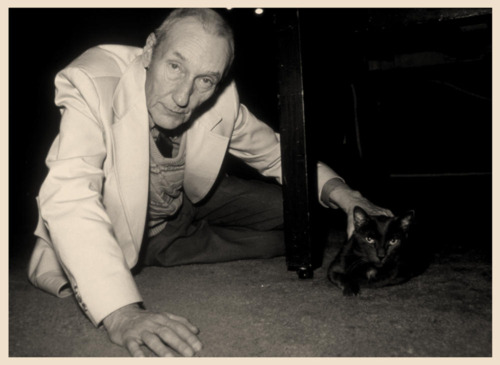
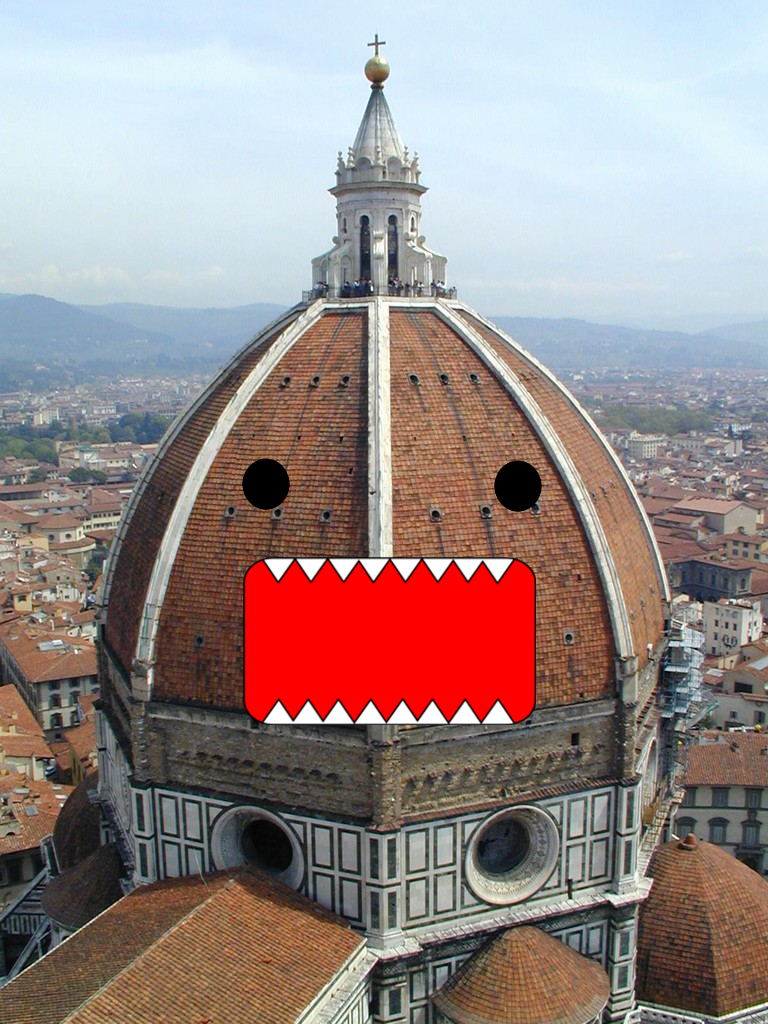


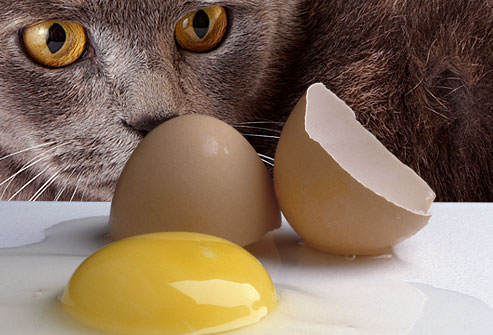
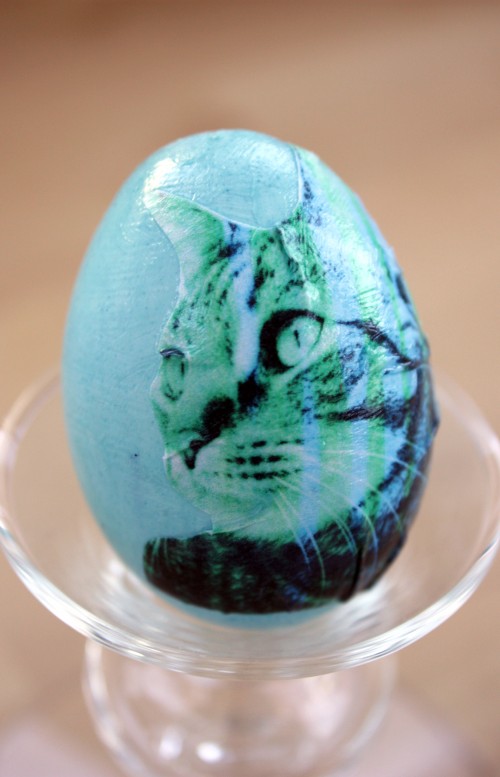
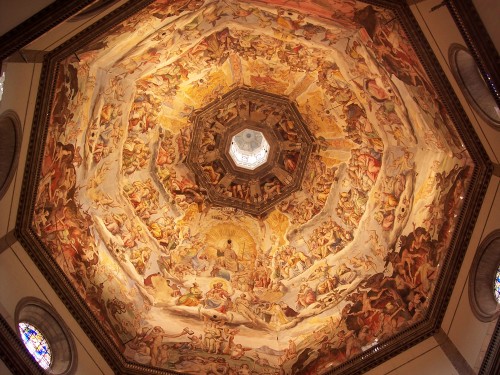
madeshopping.com
b2cshop.us
Seeing as no one has commented on this, yet: Let me be the first to thank Reynard for this article. I love stuff like this.
Art, science and philosophy have always shared intentions.
‘History’, as it were… well… quite different.
(CLARIFICATION: Don’t get me wrong: I’m not one of those over-the-edge-and-into-the-sea skeptics who think everyone’s lying to them. As a starting rule I trust textbook history and I’m always open to scientifically-backed arguments that challenge its content. I never, ever believe the unbacked skeptics. [END: Now I’m safe.])
madeshopping.com
love-shopping.org
thanks owen, i like to think that everyone is lying to me and that i am lying to everyone; it makes things seem more honest